I was 22 years old and had an artsy boyfriend who received a fancy camera as a graduation gift. Not exactly the camera-shy type, I was happy to be his muse, and we spent the summer snapping pix and rushing the film to the one-hour photo shop. I remember eagerly flipping through a stack of glossy prints after a day in the park when I spotted something … off. There were shadows under my eyes, more pronounced on my right than my left. What the hell was that? (This was before I peppered every other sentence with “fuck.”) It was photographic evidence of my very first dark circles.
The skin around the eyes is 40 percent thinner than the rest of the skin on the face.
And so, with my mom’s Bloomingdale’s credit card in hand, I went to the Estée Lauder counter and inquired about eye products. I was sold a gel that had ripples of iridescence running through it. “Actual strands of DNA,” the beauty adviser told me. Even then I knew she was full of shit, but I still had to have it.
While initially religious in my nightly applications, my eye-product use became erratic over the years. I finally got serious again a few years ago when I started swimming several times a week, and the pressure from the goggles began sucking the life out of my skin.
“The skin around the eyes is 40 percent thinner than the rest of the skin on the face,” says Dendy Engelman, MD, one of my favorite dermatologists. “It’s more prone to showing signs of aging versus other areas that have more dermal support, so it’s important to give this area extra attention and care. Eye creams help to stimulate collagen, lead to some skin tightening, reduce fine lines and crow’s feet, and improve dark circles.”
When you’re choosing an eye cream (or gel, or balm, or mask, or whatever format you like), look for at least one of these ingredients:
Retinol, for skin tone and texture
“Retinoids [which encompasses both prescription and OTC types of retinol] help increase cell turnover and rebuild collagen and elastin,” the proteins that support your skin. “They are the gold standard for improving skin health by treating wrinkles and discoloration. Strengthening the skin will fade the appearance of dark circles, as well,” Engelman explains.
Hyaluronic acid, for plumping and hydration
“Hyaluronic acid is an effective moisturizer because it can hold 1000 times its weight in water, meaning it does wonders in hydration,” says Engelman. “When applied, it creates a barrier for the skin, locking in moisture and improving texture.”
Ceramides, for skin barrier function
Ceramides improve your skin barrier, which keeps irritants—like pollution and bacteria—out and moisture in. Your body makes ceramides, but our production drops as we age.
Peptides, for wrinkle reduction
“Peptides are short chains of amino acids that build proteins that make up the skin,” says Engelman. Peptides act like little messengers, telling your cells to turn on different functions. In the case of your skin, they tell your cells to crank up collagen production.
Antioxidants, for prevention and reduction of damage
Antioxidants will help neutralize free radicals, which are rogue, destructive molecules that are created when skin is exposed to UV, pollution, or cigarette smoke. Antioxidants can also help reduce and prevent dark circles.
But even if you’re using an eye cream with all of these ingredients, there are some things an eye cream just can’t do. Under-eye puffiness that doesn’t go away when you’re rested might be bulging fat pads, which can be removed only with surgery (called a lower blepharoplasty). Dark circles that come from a hollowed out under-eye area—like mine!—will see much greater improvement with under-eye filler than any cream on the market. (In fact, I did a video about under-eye filler, which you can check out here!) In-office treatments, notwithstanding, an eye cream plays an important supporting role in keeping wrinkles, crinkles, circles, and bags at bay.
The Cream of the Crop
Wallet-friendly:
If you’re sensitive around your eyes, or if dryness and crepiness are your issues, then you will love this stuff. It’s packed with ceramides (where CeraVe gets its name), plus it has botanical extracts that help minimize puffiness and dark circles. You won’t be immediately wowed, but stick with it, and you’ll see a difference.
Luxe:
Emma Hardie Midas Touch Revitalising Eye Serum, $70
It won’t turn your skin to gold, but this eye serum makes you feel like a million bucks. It goes on super smoothly thanks to hyaluronic acid plus inca inchi and raspberry seed oil, which are rich in anti-inflammatory omega fatty acids. It also has an ingredient called Beautifeye, which sounds a little corny, but it lifts sagging skin, so I can live with the name!
Clean:
Burt’s Bees Renewal Firming Eye Cream, $14.99
I must confess up front that I’m a dirty girl, by which I mean that I’m not averse to synthetic ingredients and traditional preservatives. I tend to be a tough judge of clean cosmetics, demanding that they work as well as their classic counterparts. And I have been wholly won over by this 99 percent natural origin eye cream. It’s wonderfully hydrating, has a long list of antioxidants, and contains bakuchiol, a natural alternative to retinol. It underpromises, overdelivers.
Female-founded:
TULA Rose Glow & Get It Cooling & Brightening Eye Balm, $30
You’ll probably be hearing about TULA from me quite a bit. I love the brand so much that I was—full disclosure—an on-air spokesperson for them on QVC for two years! I’m no longer working for the company, but I am a true believer in their concept and their products. Founder Dr. Roshini Rajapaksa, MD, is a gastroenterologist, and she recognized the connection between probiotics and skin health, which has proven out in the scientific literature. When you consume probiotics or apply them to your skin, they help strengthen your skin’s barrier function, which helps keep irritants out and moisture in. In an eye cream, it means that it can keep the sensitive skin around your eyes calm while treating it with active ingredients. I live for their original eye cream, but I am now hooked on their new eye balm. In addition to probiotics, it contains caffeine to reduce puffiness, hyaluronic acid to plump, and rosehip oil, a natural source of vitamins A (from which retinol is derived) and C. Plus it cools and comforts on contact and has subtle, rose-tinted shimmer so your eyes look more awake.
Editor’s fave:
Olay Eyes Retinol 24 Night Eye Cream, $28.99
Retinol, while incredibly effective, can be very drying and sensitizing to your skin, and it is particularly tricky on the already-sensitive eye area. Leave it to Olay (big fan here) to formulate a retinol product for eyes that doesn’t irritate your eyes. They’ve also included vitamin B3, which is a cell-energizing ingredient that wakes up old cells. If you don’t notice a difference, put on your readers and look again: this stuff really works.
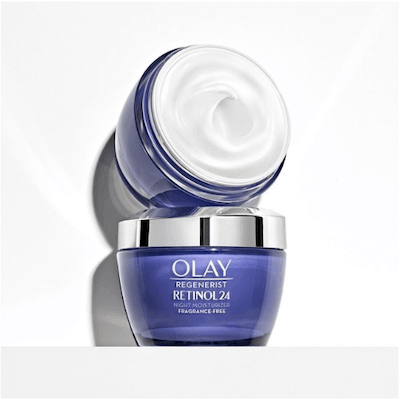

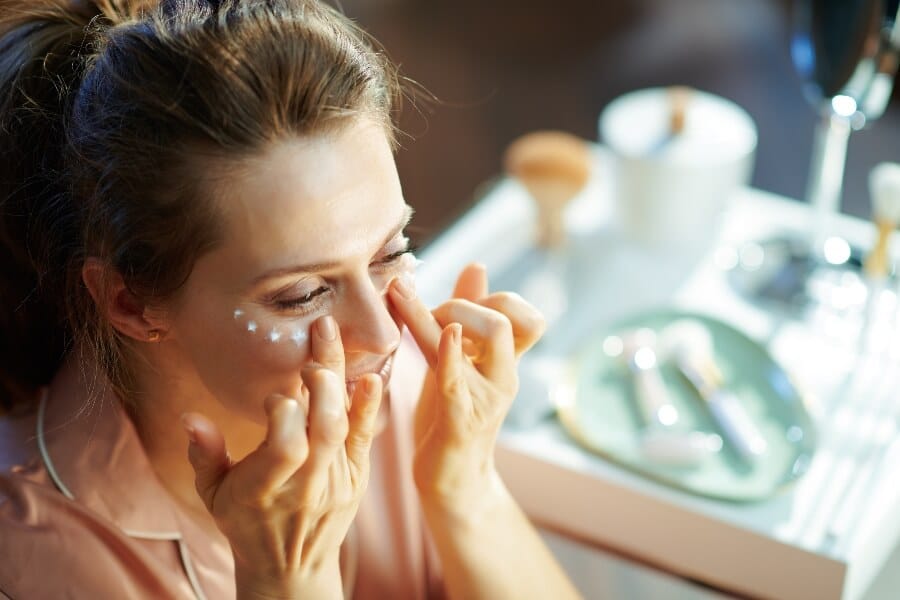
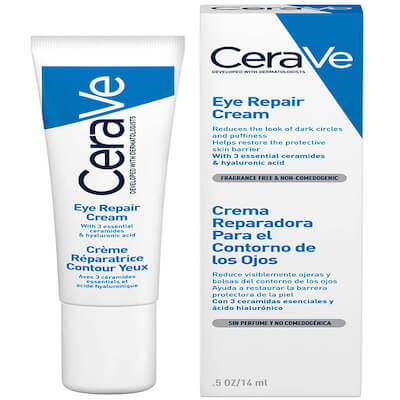
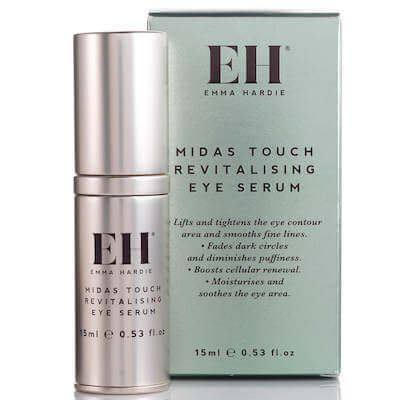
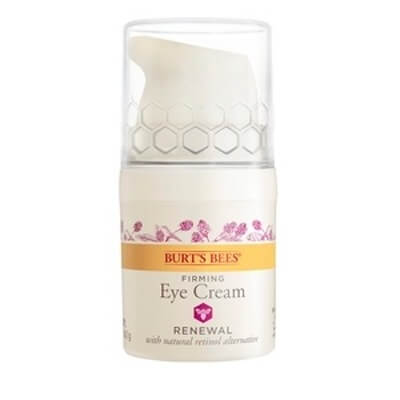
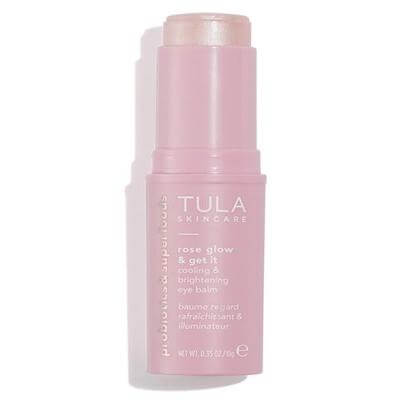



















0 Comments